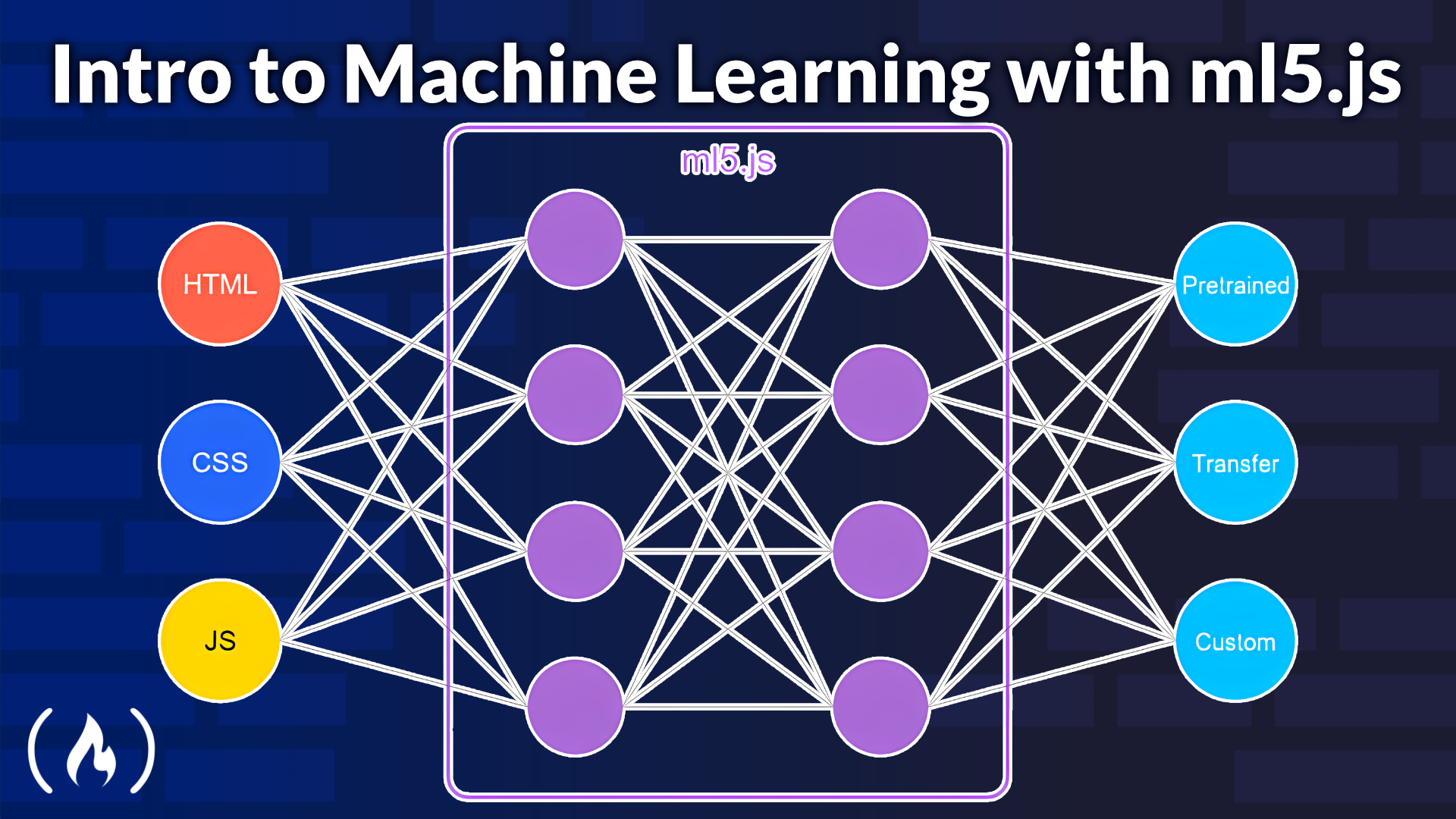
Machine learning is becoming an essential skill for developers and enthusiasts alike. ml5.js offers a great opportunity to start implementing machine learning in your projects, thanks to its user-friendly JavaScript library that simplifies the integration of machine learning models into web applications. Whether you're a beginner or an experienced developer, learning ml5.js can empower you to create interactive and intelligent web experiences without the steep learning curve typically associated with machine learning.
We just released a comprehensive ml5.js course on the freeCodeCamp.org YouTube channel, developed by Henry Ly. This course is designed to guide you through the fundamentals of ml5.js, providing a solid foundation in machine learning concepts and practical applications. With a structured curriculum, you'll gain hands-on experience in building projects that leverage the power of machine learning.
Course Overview
The course begins with an introduction to ml5.js. You'll then start a beginner-friendly journey into machine learning. One of the highlights is the Teachable Machine Rock, Paper, Scissors Game, which offers a fun and interactive way to apply what you've learned.
You'll then learn about pre-trained models with a Mobilenet Image Recognition Project, and gain insights into transfer learning, a powerful technique for enhancing model performance. The course also includes a project to build a mini Teachable Machine clone, helping you solidify your understanding of these concepts.
The course addresses common misconceptions of transfer learning and guides you through a custom model project for student score prediction. You'll learn how to use a Kaggle dataset and save your model, providing a real-world application of your skills.
Conclusion
By the end of this course, you'll have a comprehensive understanding of ML5.js and the confidence to implement machine learning in your own web projects. Watch the full course on the freeCodeCamp.org YouTube channel (1-hour watch).